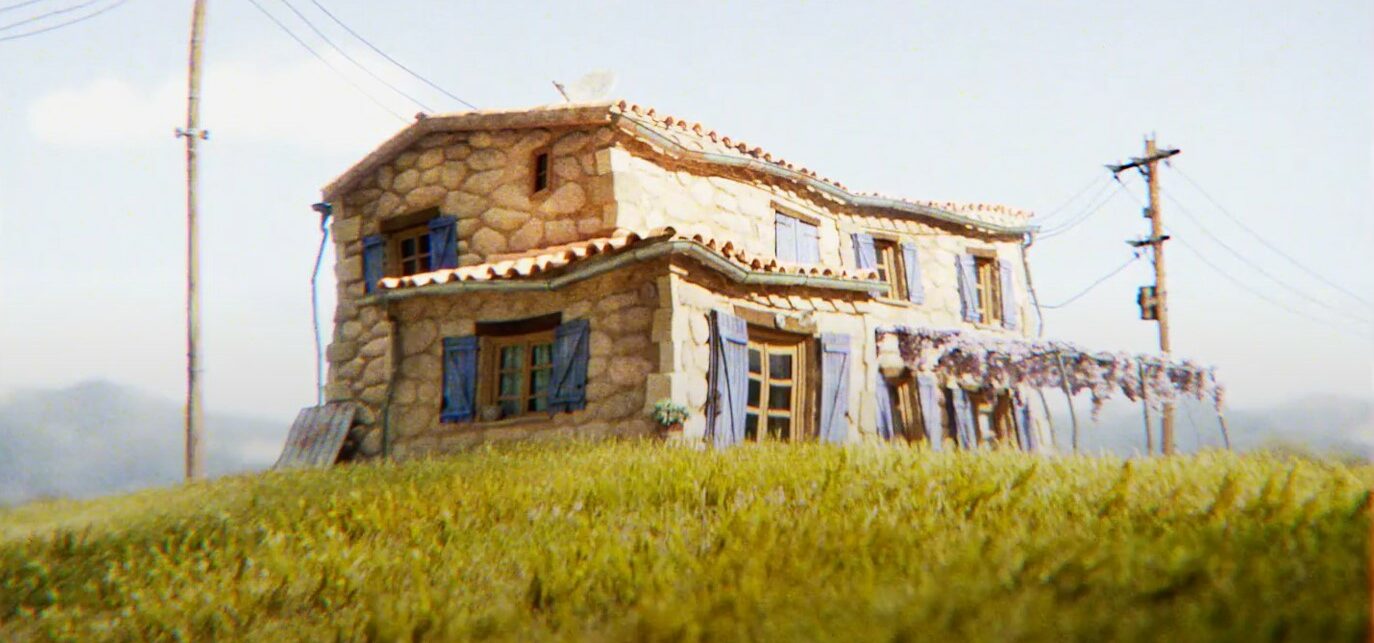A journey to the heart of childhood memories
With Léa Berbach, Fabien Bernard, Lou Buisson, Paola Couturier, Marine La Villa, Theo Nouare, Marie Pacreau and Abla Saigh, we look back at the creation of this story inspired by the team’s childhood memories.
An engaging, multi-faceted portrait, it was hailed by the jury of the ESMA Graduation Show 2024 and has since been selected for a number of prestigious festivals around the world.
A journey from New York to Palm Springs, via France (Court mais bon), Japan (Toyama) and Italy (Cartoon Club), and public feedback that continues to delight the team, which is still united today.
Find out more about our group interview here.
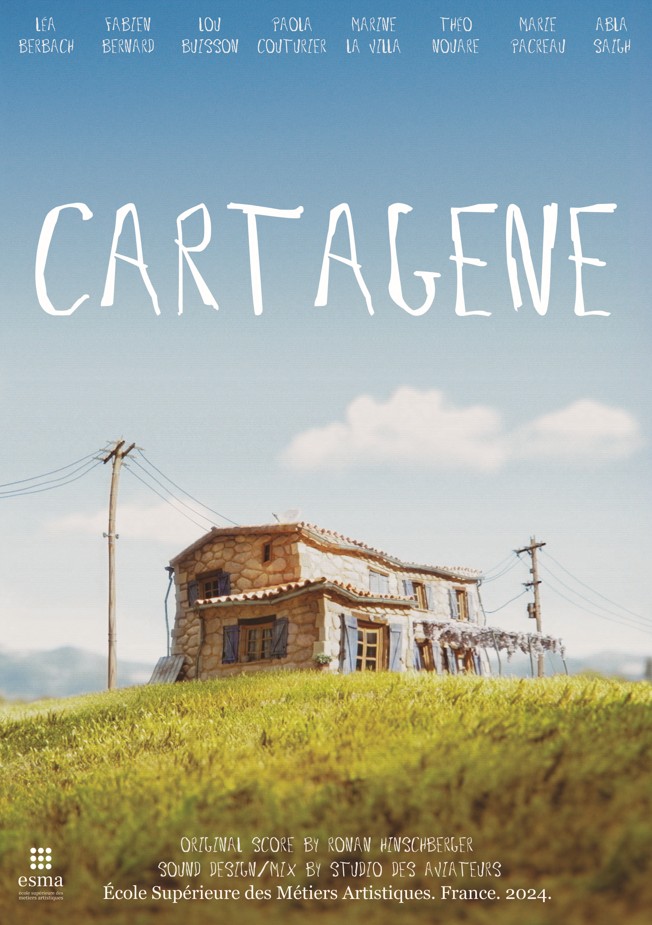
How did this project come about?
Cartagène was born of an idea put forward by one of our team members, who wanted to make a live-action film about his grandfather.
The approach was both sociological and anthropological, combining photos and videos, and originally focused on his grandfather’s relationships with his family, his acquaintances and his environment.
The starting point was Cartagène, the regional drink from the south of France that his grandfather used to make, and the passing on of this knowledge.
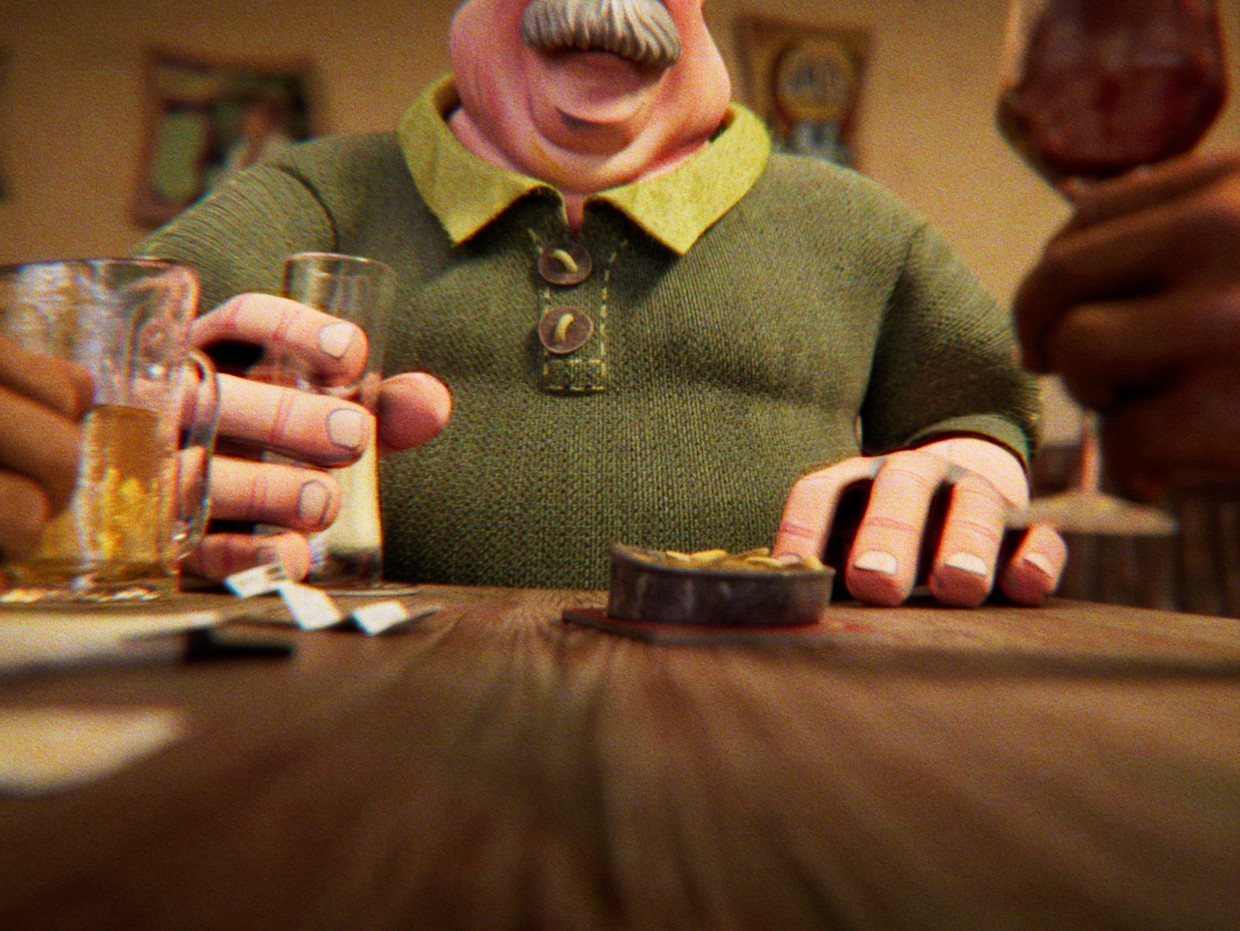
How did your script evolve as you thought about it?
From an initial pitch that presented, in a rather deconstructed way, a memory of a summer holiday shared between a grandson and his grandfather, the story was then revised several times, evolving towards a more classic structure to avoid losing the viewer and make it easier to understand.
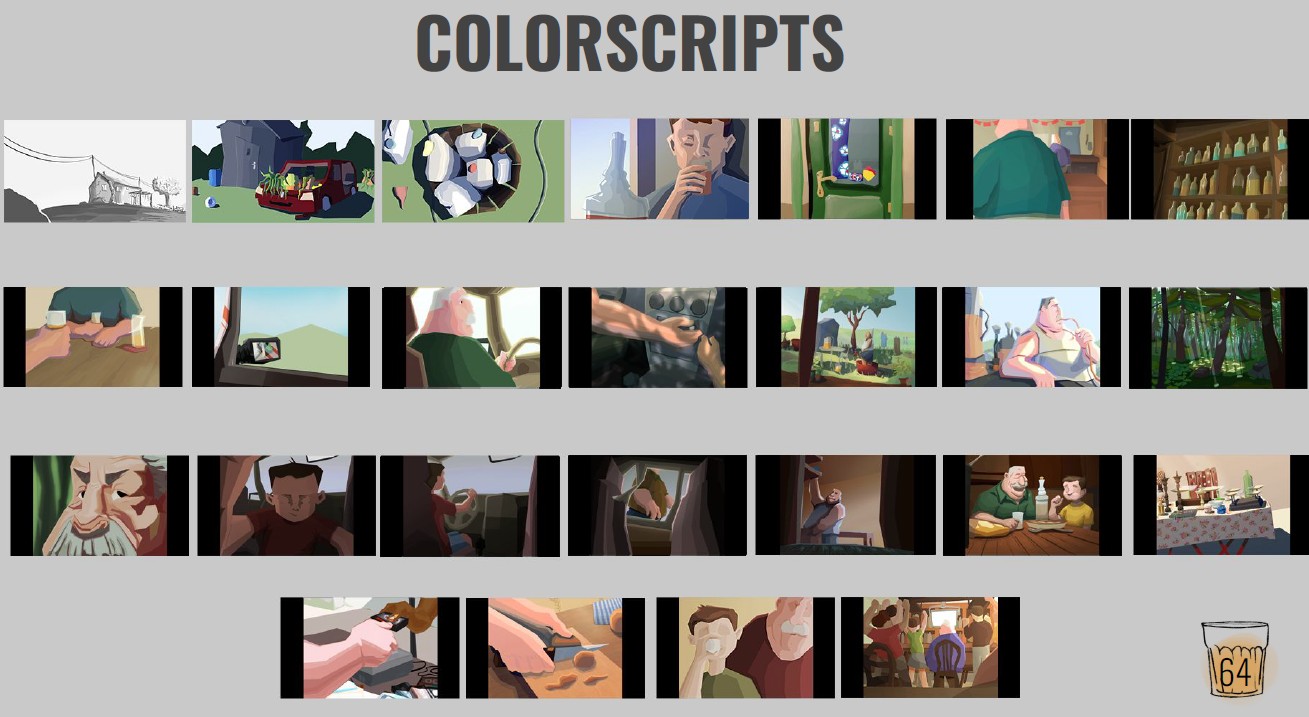
The editing, however, has retained the same initial intention, notably through the sequence of shots that are more or less disconnected in time.
What guided you in your narrative and aesthetic choices?
Our childhood memories were our compass. They were at the heart of many exchanges, which enabled us to write a more universal story, even if it was originally based on a personal experience.
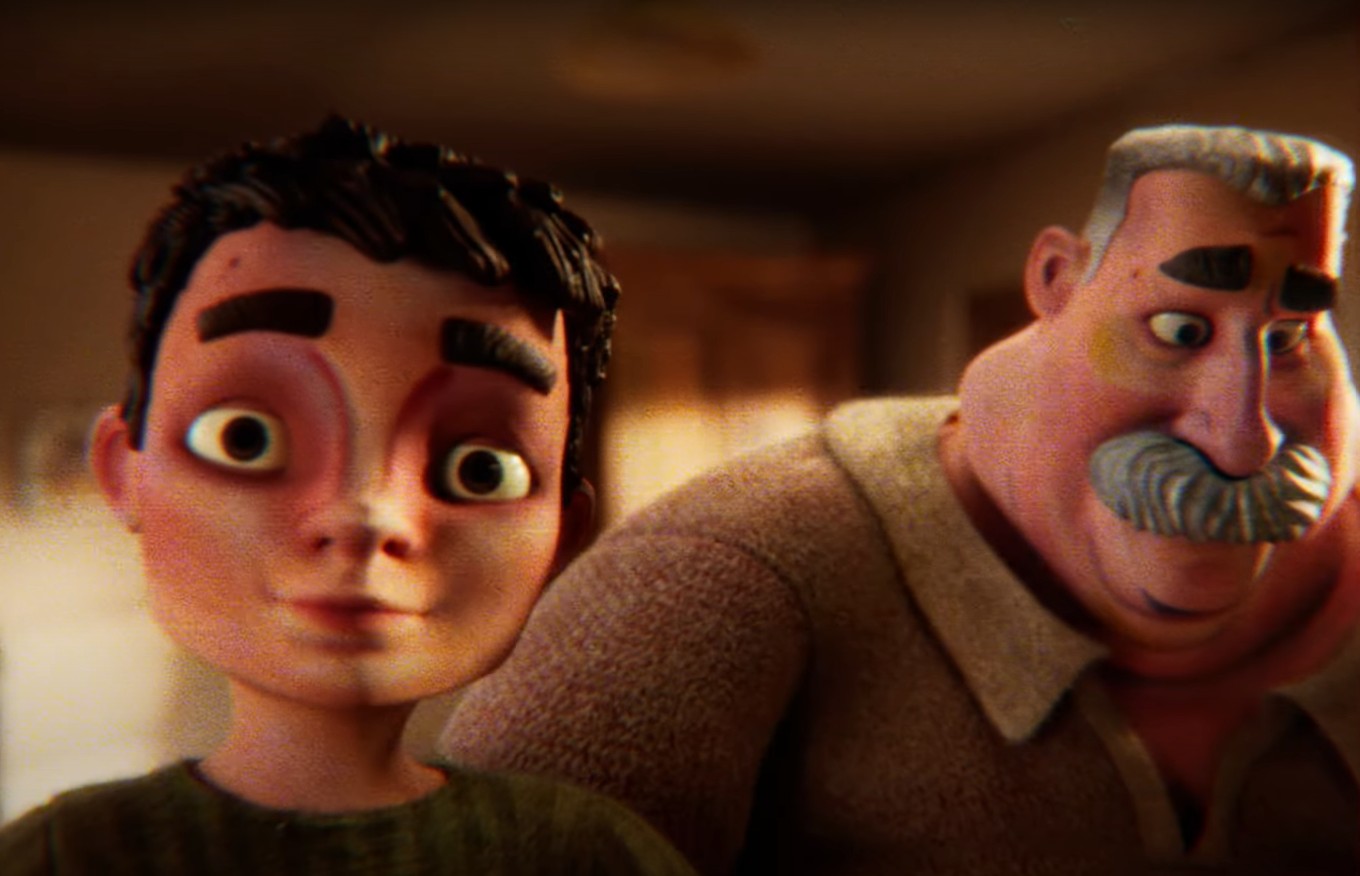
Aesthetically, we tried to remain authentic. Our family archives were used to write the dialogue and create the sets.
The aim was to remain as faithful as possible to our memories, while adding a more original touch through a deconstructed, artisanal, almost ‘handmade’ style.
How did you go about building Paul and André, your two main characters?
Paul and André went through several construction phases. First we established their personalities according to their roles in the film. We drew up their physical, moral and social portraits, as well as their respective goals, weaknesses and needs.
Our main inspiration was Fabien’s relationship with his grandfather, his experiences with him and the videos he was able to take when he was alive. We drew on these archives, but also on the memories of each of the members of the group to find material.
The adult Paul, who opens and closes the film, feels guilty about the time he hasn’t been able to spend with his grandfather.
He feels the need to recall the memories he had with him, and to mourn.
Young Paul, whom we follow for most of the story, is a curious, sensitive and happy little boy, but he is self-centred and ungrateful.
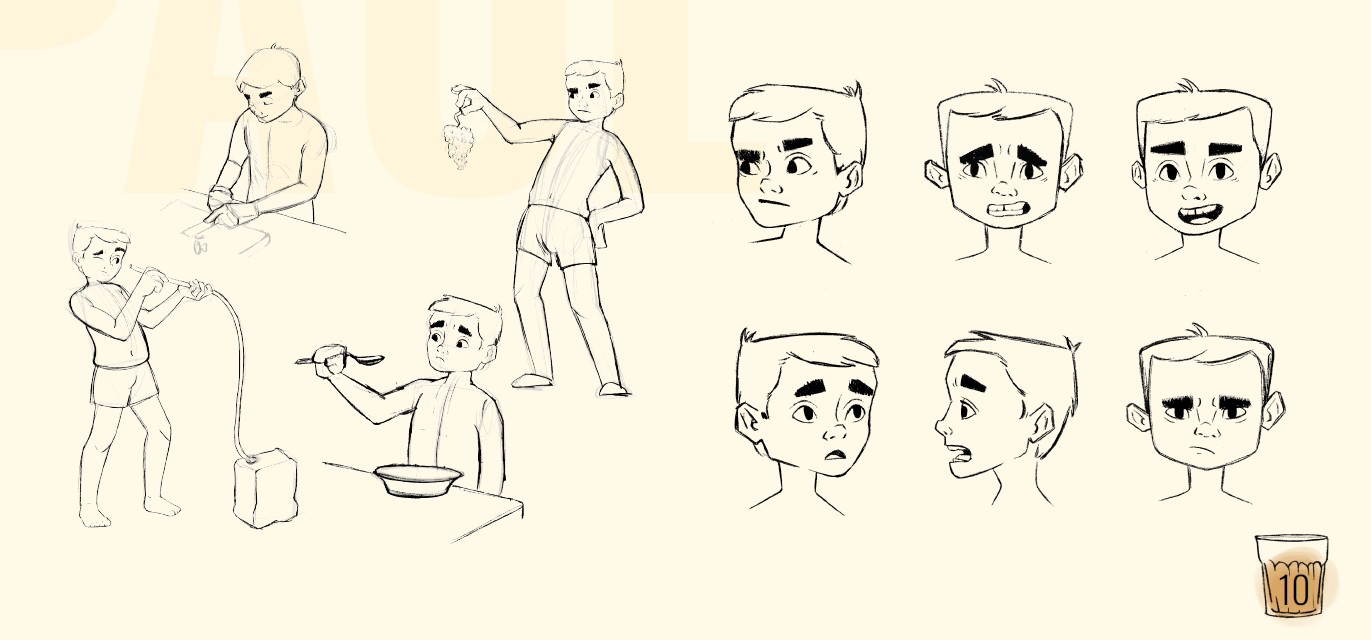
In both cases, Paul’s main aim is to preserve and cherish the good times he spent with André.
André is a sociable, friendly, direct and genuine character, despite his hot-bloodedness and alcoholism.
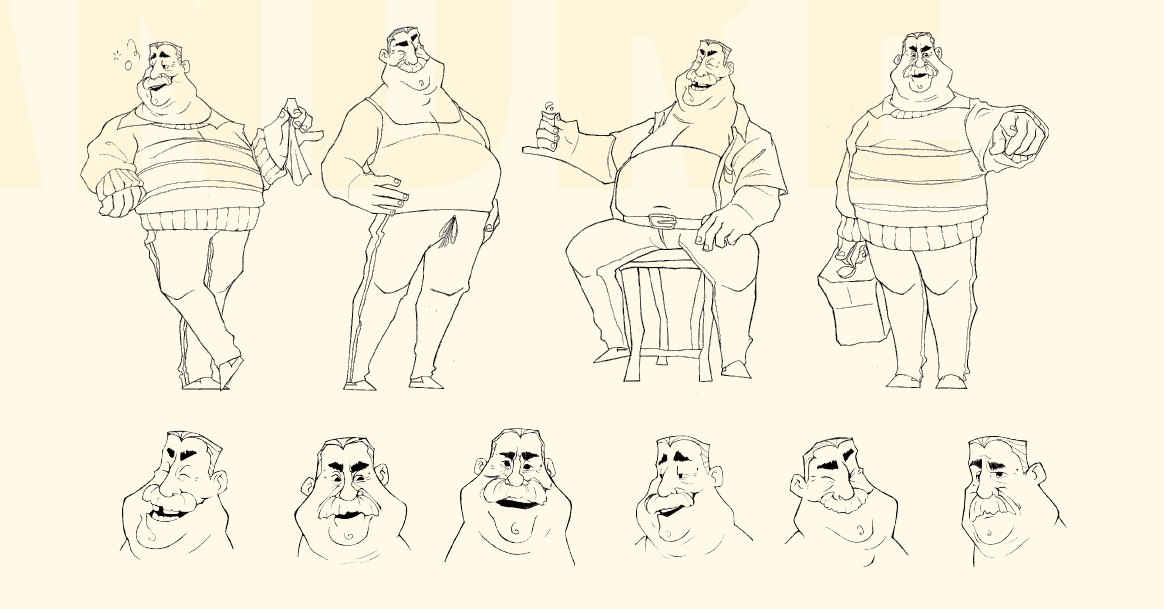
He finds it hard to adapt and change, but he wants to get closer to his grandson.
His deepest motivation is to leave a trace of himself, and to pass on a legacy to Paul.
Our biggest challenge in making these two characters endearing was not to fall into cliché. Every personality trait shown on screen had to be just right. We also tried to make them as universal as possible, even though they are based on real people.

And what about the world of the film, and its distinctive artistic direction?
Because this style evokes childhood and memories that are often malleable, we very quickly turned to an artistic direction inspired by stop motion.
As the images in the film are supposed to have been taken by Paul with an old camera, we applied an effect over them to reinforce the authentic look.
The world and environment of the film were greatly influenced by the countryside of the south of France, because that’s where André lives. Our main cinematographic influences are to be found in Studio Laïka, in particular Les Boxtrolls. As for the camera work, we were inspired by the effects of real cameras, as well as the French short film Les larmes de la Seine, produced in 2021.
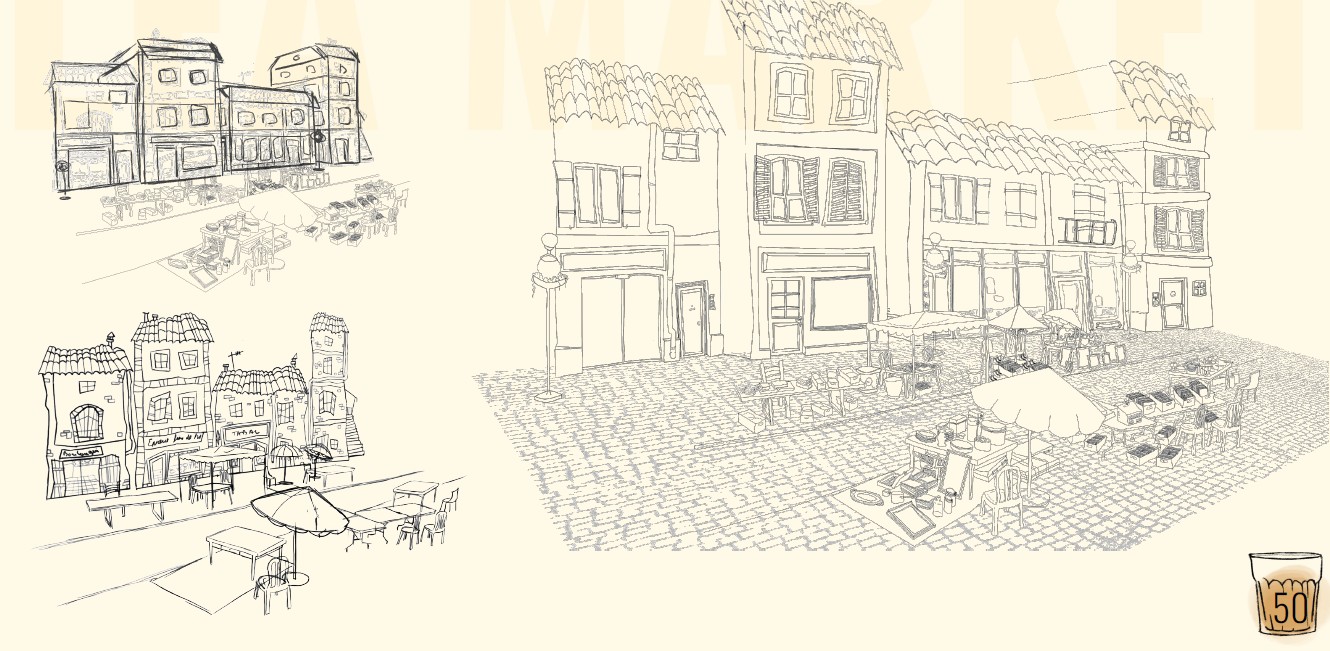
What were the main technical challenges you encountered?
On the one hand, it succeeded in combining two strong graphic elements: the old camera effect and the stop-motion art direction.
Secondly, to successfully reproduce the camera filter and its movements.
We also had to be very careful not to make the 3D scenes too heavy so that we could work on them properly, especially for the busy scenes and sets like the flea market, or the outdoor set that appears when Paul and André are travelling by car.
But the biggest technical challenge was undoubtedly to achieve a realistic hand-held camera effect, which meant that we spent a lot of time on research and development to explore different methods and achieve the desired effect.
The length of our shots (some of them lasting more than 40 seconds) added an extra difficulty, and meant that we had to do several takes before achieving a satisfactory result.
In terms of software, our research led us to discover VirtuCamera, a program that lets you control the camera in a 3D scene in real time using the gyroscope built into a mobile phone. As a result, once we had modelled our 3D environments, we could easily move around our sets and quickly spot any problems with scale, right from the layout stage.
What are you most proud of today when you revisit this project?
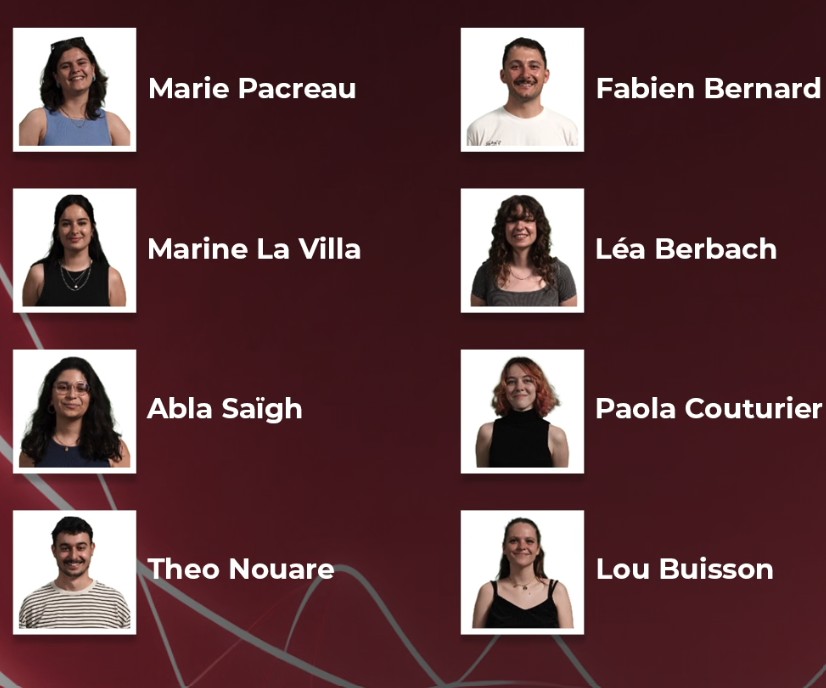
The recognition we have gained by having our film selected for festivals in France and abroad, some of them very prestigious.
For us, it’s a sign that our sacrifices and hard work have paid off, and that we are now enjoying international recognition.
What advice would you give to students making films today?
The most important thing is not to get bogged down in your own ideas, but to listen and exchange as much as possible.
It’s also essential not to forget that the aim of our 3D animation training is to find a job, and that it’s imperative to work on your demoreel at the same time, or at least consider the final film as a means of improving it.
Finally, of course, you have to continue to enjoy the project you’re working on, even if this can sometimes be difficult because of the accumulated stress and long working hours.
Discover the film Cartagene, available in its entirety on the ESMA Movies YouTube channel:
